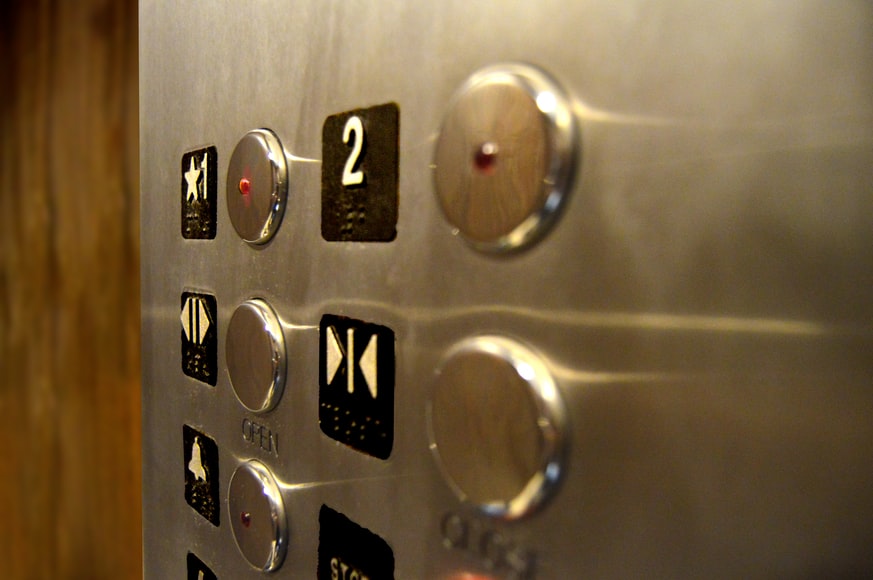Top Tips On How To Maintain Your Home Lift
The sheer convenience of a home lift makes it a very popular feature in people's homes. However, lift maintenance is also important to ensure the safe and reliable operation of your lift for years on end! Read on to find out how to best look after your lift system.
Have An Annual Inspection
Having your home lift serviced and maintained by a professional lift engineer on an annual basis is essential for keeping many of the key components in good working order. All it takes is one small component to fail and you could be stuck with no way of moving between floors, so elevator repairs are vital if you want to avoid such problems. Then, keep in mind that the person who will be conducting the annual inspection of your home lift system needs to have plenty of experience when it comes to looking after this type of equipment. Lifts have ins and outs and there are different types, so you need somebody with top-notch qualifications to handle your lift.
Your annual inspection should cover a range of different elements in the system, including:

- Diagnostic testing of remote controls and keypads, ensuring that these are working properly.
- Checking the physical operation of the lift itself including moving between floors, opening doors, and intercoms.
- Cleaning and maintenance of call points, control panels, and buttons to ensure functionality.
- Checking all cables, wiring, and winch mechanisms to ensure there are no potential issues.
Observe The Weight Restrictions
Don't put too much strain on your lift! The safe weight capacity of the lift is listed in the manual so stick to this at all times.
Also, no matter how heavy you think that chest of drawers or armchair might be, don't push it into the car with the intention of transporting it with the lift and risk it getting stuck within the lift shaft. This can cause serious damage to the lift system. If you are not sure how much something will weigh or are in any way unsure about whether or not it should be taken up the elevator, always get advice from your local engineer.
To illustrate, a typical residential lift system has a weight capacity of about 660 pounds. This means that there is a safe load limit, and if you go over this amount, you need to get advice from the person who services your home elevator as they will be able to tell you exactly what needs to be done next. Or else, you could find yourself stuck with your lift not working properly.
Keep The Shaft And Mechanism Clean
Once every month or so, take out all of the safety devices in your shaft - this includes door reels and rollers, guide rails, and the lift mechanism itself - and give them a thorough wash. Then, ensure that you clean away any grease or dirt from the grease tray on the bottom of your car too.
Give The Door A Good Clean To Avoid Sticky Sensations
You might not think so, but your lift's doors are probably the dirtiest part of the whole system due to all the stuff that gets brushed off people's clothes as they use them. This means that it is vital to give them a really thoroughly clean to remove all of that grime. To do this properly, use a mixture of warm water and white vinegar to clean them with.
Keep The Cabin Temperature Just Right
If you want your lift system to run as smoothly as possible, it is important to watch the temperature in there too. Ensure that there is enough ventilation or else it can lead to overheating and this will result in the system breaking down.
Keep The Car Door Open When It's Not Being Used
This might seem like an odd tip to include here but it is worth remembering that if you close your car door mid-transit, there is a chance that the rope could get stuck in the closing mechanism at the worst possible moment. A best practice is to keep it open when you are not using the lift, even if this means that it is open for longer than you might like.
Check The Rope And Guide Rails Regularly
If there is one thing that home lift systems have in common, it is that their ropes and guide rails tend to get dirty and they need a really good clean to ensure safe operation. The best time to do this is when you give your car and cabin an intensive wipe down, so this means cleaning the rope at least twice a year or so.
Your home lift is a vital part of your life, and it's important to ensure that you look after it in order for it to continue working smoothly. Follow the tips in this article for how to maintain your home elevator system and you should find that all goes well.

This article was published on 01/05/2022.